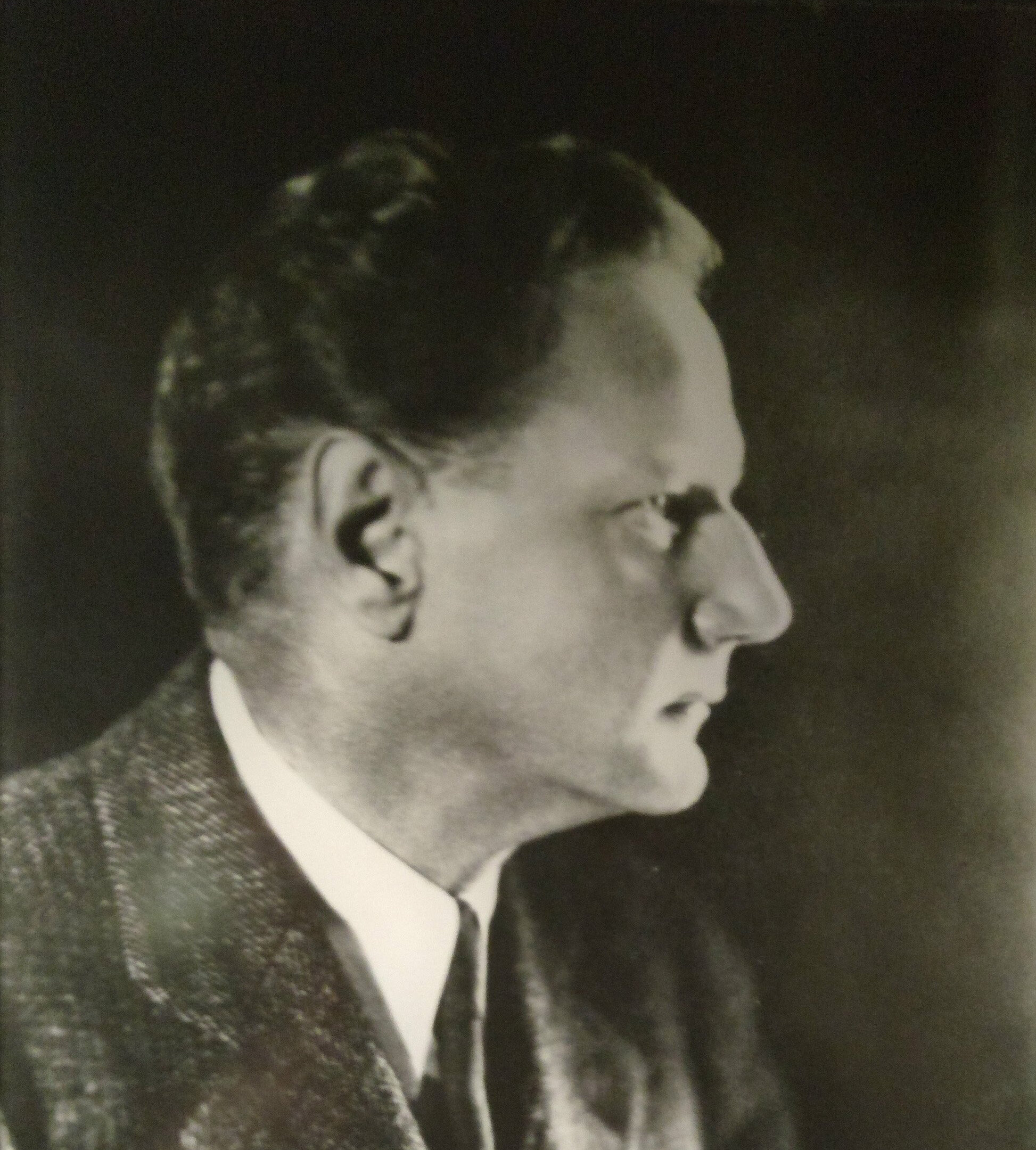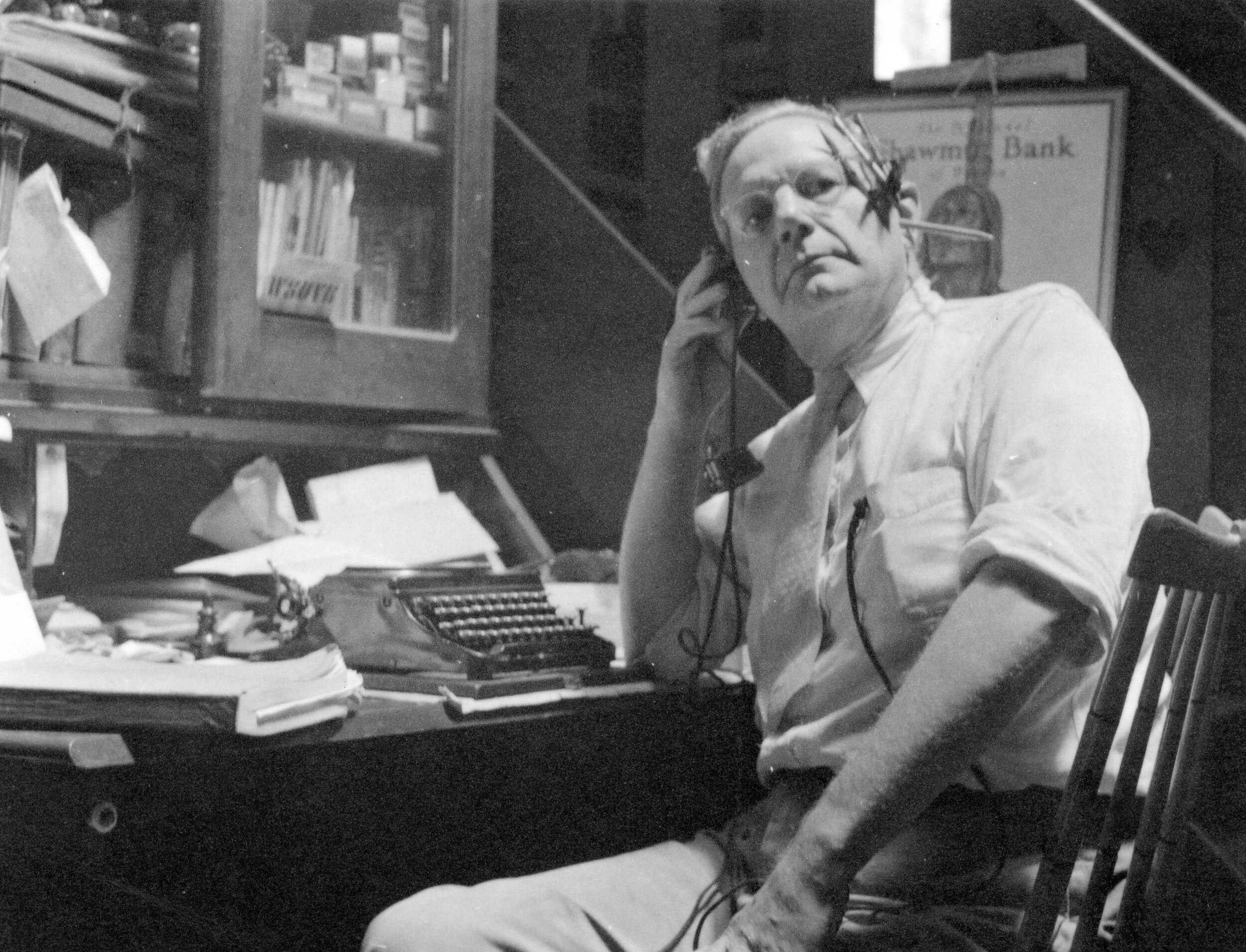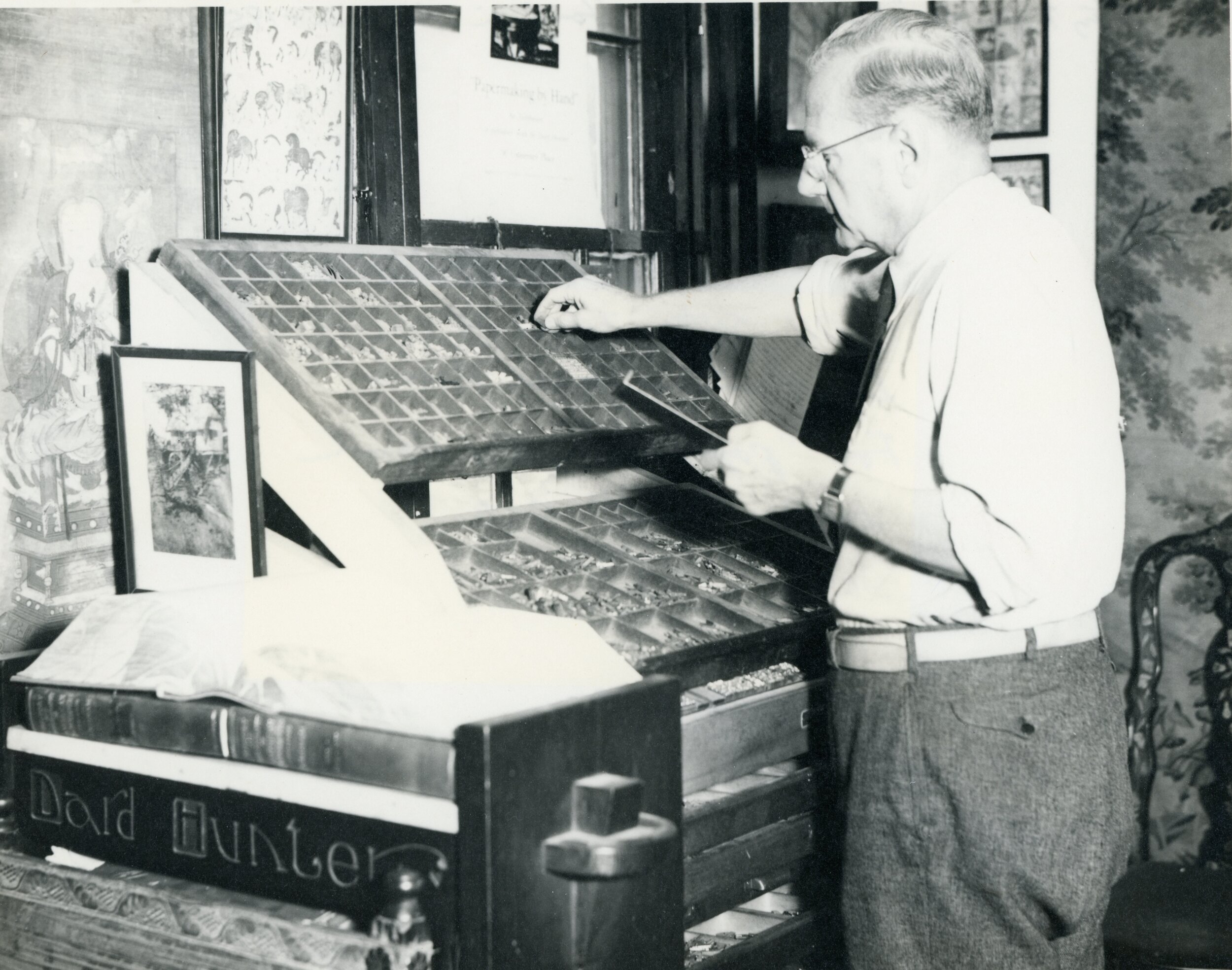
DARD HUNTER
PAPERMAKING CHAMPION
1883-1966
It was during his time at Marlborough that Hunter produced the worlds first one man book by creating a book that was printed by him on paper that he made with a typeface he designed, cut and cast himself.
Dard Hunter
Now Departed Papermaking Champion
November 29, 1883—February 20, 1966
William Joseph “Dard” Hunter was born in Steubenville, Ohio on November 29, 1883. As the son of a newspaper owner and printer, Hunter gained an appreciation for paper and printing at an early age. He began exercising his artistic talents as an illustrator for his father’s new newspaper when the family moved to Chillicothe, Ohio, in 1900. However, Hunter transitioned from newspaper illustration to illusion and quit the business to join his brother’s touring magic act. While performing at the New Glenwood Hotel in Riverside, California he was inspired by the Mission style furnishings and architecture of the building. This led him to the Roycroft Shops in East Aurora, NY where artists came from across the country to produce a complete line of decorative products for a new style of architecture known as Craftsman. From 1904-1911 Hunter produced hundreds of graphic designs for Elbert Hubbard, also working in Vienna and London. He honed his skills at making stained glass windows, pottery, furniture and jewelry. Even though by the age of 28 he had witnessed his designs in circulation millions of times, he retired his design career in 1911 unfulfilled, seeking something bigger in life…….
Although the main emphasis of the Arts and Crafts Movement was to revive the trades lost to the industrial revolution, Hunter was disturbed by the fact that nobody in America was making handmade paper. By 1890, the last commercial mill ceased production, making artists and printers reliant on English and European papers.
Hunter’s legendary passion for paper making was ignited on a visit to London’s Science Museum in 1911 where he saw an exhibit on historical methods of paper production. This inspired him to begin looking for a property in the US where he could build a papermill. In 1912 he and his wife, Edith, purchased the Gomez Mill House in Marlborough, New York, where he constructed a half-timbered, thatched roofed cottage. Hunter equipped the mill with a waterwheel for production of his own cotton rag handmade paper. At his Marlborough property, Hunter produced two “one-man books” for the Chicago Society of Etchers, in which he made the book paper, designed and cut the punches and cast the type to print the pages on his Washington style handpress. In all, Hunter wrote over 20 books about paper making, eight of which he printed himself. In 1919, Hunter sold his Marlborough mill and moved back to Chillicothe where he established a press at his historic Mountain House.
In pursuit of his fascination with paper making as an art, Hunter traveled the world, visiting Samoa, Tonga, Fiji, Japan, Korea, China, Indochina, Siam, and India to study paper making techniques. From his travels, he collected specimens, tools, equipment, and plant materials, and in 1939 opened the Dard Hunter Paper Museum at Massachusetts Institute of Technology (MIT) to house the collection. Hunter considered his collection of artifacts to be his most significant contribution to the global history of paper making. The Dard Hunter Paper Museum moved to the Institute of Paper Chemistry (IPC) in Appleton, Wisconsin, in 1954 and then to Atlanta in 1989 when the IPC was relocated to Georgia Institute of Technology.
Dard Hunter’s dedication to the art of paper making and printing was recognized with four honorary doctorate degrees from Lehigh University, Wooster College, Ohio State University, and Lawrence University. He was named honorary curator by MIT, the IPC, and Harvard University. Hunter also received the Rosenbach Fellowship in Bibliography from the University of Pennsylvania and a medal from the American Institute of Graphic Arts.
Hunter’s interest in handcrafts and in the arts inspired his mission to preserve paper making as an art form. Both his publications and museum collection promote the significance of handmade paper as the origin of a global industry. Hunter also helped build a connection between paper as a commodity and as a cultural craft, reintroducing the human element to industry and tracing the evolution of a major commodity.
Dard Hunter died in Chillicothe, Ohio on February 20, 1966. His wife, Edith, and two sons, Cornell and Dard Hunter II are also deceased. His grandson, Dard III, still lives at the Mountain House and continues honoring the tradition of Dard Hunter.
— Dard Hunter III

Become an NAHP Member
Join our vibrant hand papermaking community and access your membership benefits.




















